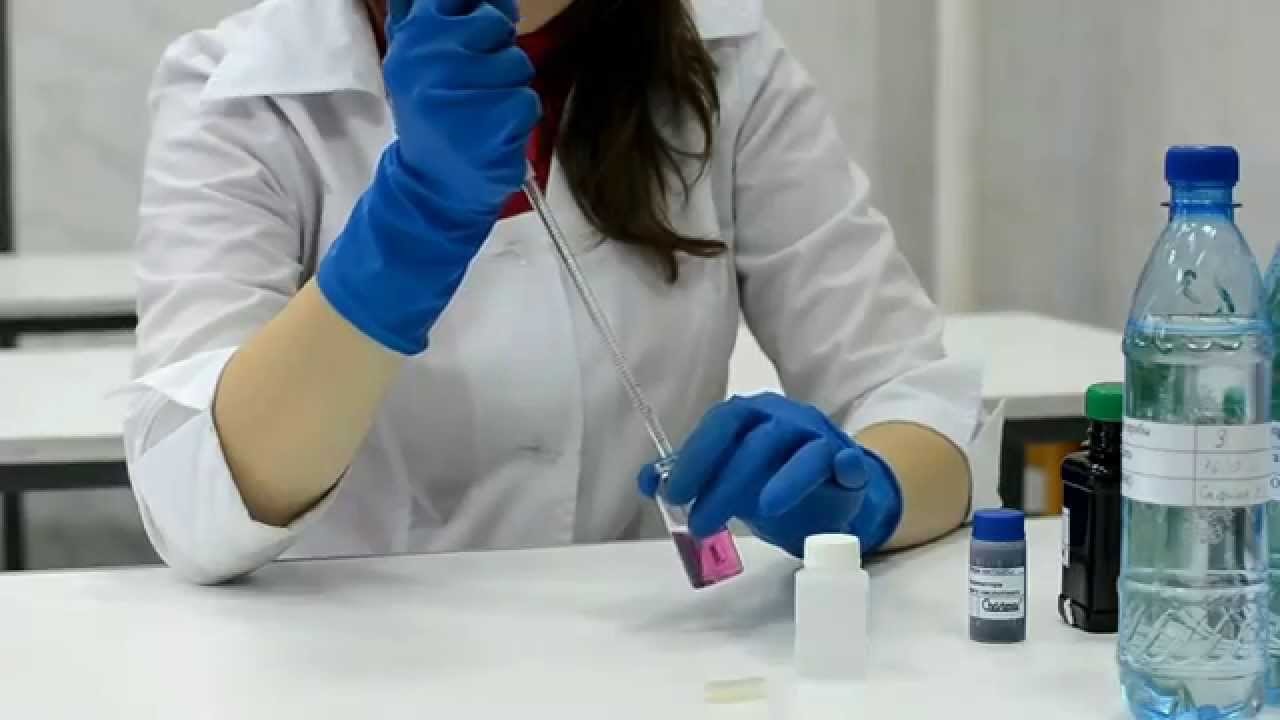I have introduced you to the detection steps of soluble silicon in water before, but there are some things you need to pay attention to when performing related operations, otherwise it will easily cause some unnecessary troubles. Today we will summarize for you when testing soluble silicon in water. What are the issues that need attention.

Issues that need to be paid attention to when testing
(1) Phosphate in the water will interfere with ammonium molybdate during testing. You can adjust the acidity of the water sample and add oxalic acid to eliminate it during operation.
(2) The platinum utensils used in the test are very expensive, so no matter it is stored or used, relevant systems are required, and it is generally not easy to use when it is not necessary. If it is used, it must be operated in strict accordance with the relevant regulations, and it must not be in contact with the iron plate or electric furnace wire during heating. Do not heat or melt samples of unknown composition, samples containing heavy metals or compounds, alkali metal oxides and hydroxides. When taking out the hot melt from the platinum vessel, do not knead it by hand, or scrape it with glass rods or metal rods. When washing, use dilute hydrochloric acid (1+1) to boil, and then use sodium carbonate, potassium pyrosulfate or borax to melt.
(3) Keep the water sample in contact with glassware as little as possible during storage and experiment. When glassware must be used, a blank experiment of the whole procedure is carried out first, and the influence of glassware is eliminated by the method of subtracting blanks.
(4) Reagents must be stored in polyethylene bottles as required, and other containers should also be made of polyethylene products.
(5) The tartaric acid added during the detection has the effect of stabilizing the color solution, which can be stabilized for 2 hours.
(6) When the water temperature of the tested sample is >20℃, the color development time can be appropriately shortened.
(7) Sodium carbonate is roasted at 270~300℃, the purpose is to make it lose crystal water. Roasting for 3h can produce anhydrous sodium carbonate.
(8) When the fused silica and sodium carbonate are mixed, heat slowly, because sodium carbonate will produce carbon dioxide in the reaction. If the temperature is too fast, the release of carbon dioxide will easily cause splashing and make the standard solution preparation failure.
(9) When testing, everyone must know the silicon dioxide in the water. There are three forms of silicon, soluble silicon, and colloidal silicon. The relationship between the three is: silicon = soluble silicon + colloidal silicon.
(10) Hydrochloric acid solution is added to the stannous chloride solution to inhibit the hydrolysis of stannous chloride, and 80mL of glycerol is added to delay the oxidation of stannous chloride and extend its validity period. If all tin is prepared with glycerol to dissolve it, the glycerol can be heated to 50°C, so that the prepared solution has better stability.
(11) If it is difficult to prepare the ammonium molybdate solution, add 0.3 to 1 mL of concentrated ammonia per liter to promote its dissolution.



